Introduction
A grant was provided through the federal Department of Health’s Indigenous Australia’s Health Programme enabled Paralympic Australia to undertake a range of activities from 2018-20 developing targeted evidence based chronic disease prevention, health promotion and physical activity education resources and community events to address the increasing incidence of chronic disease in Indigenous people with disability in a culturally acceptable manner.
This program featured a collaboration between Paralympics Australia and Outback Academy Australia, (a not-for-profit Aboriginal led organisation with a charter to increase participation of Indigenous Australians with disability across all areas of life, including sports and recreation – including through the Red Dust Heelers). Outback Academy has had a close relationship with Paralympics Australia since 2013 when they engaged with PA to look at strategies to increase inclusion in sport for Indigenous Australians, cultural safety for athletes, and increased participation in para sports pathways and programs.
The Red Dust Heelers (the Heelers) are an Aboriginal led, grassroots community engagement program that actively seeks connection and increased participation of Aboriginal young people in adaptive and para sports across Australia. The founders of the Red Dust Heelers include Paralympians and NAIDOC Sportsperson of the Year 2015, Ryan Morich. Cultural leadership and cultural safety advice for work with communities is provided by Board members, and Ambassadors including Darryl Kickett (NAIDOC Person of the Year 2013).
The program
The collaboration between these organisations has enabled Indigenous Australians with disability, alongside their peers with disability, including Paralympians, to deliver the community engagement programs across Australia. The program engaged seven Community Controlled Organisations, and an estimated 273 Indigenous Australians, including people with disability (42), their family members and/or carers, and community members working in the education, health and disability sectors, who contributed to the following grant activity deliverables:
- Research to gain a greater understanding about the health and other barriers to participation in physical activity for Aboriginal and Torres Strait Islander people with disability.
- Online information and resources about chronic disease prevention and health and physical activity awareness to engage Indigenous Australians.
- Five community engagement events nationally to work with Indigenous Australians with disability to focus on chronic diseases prevention and health and physical activity awareness and Paralympic pathway opportunities.
- Evaluation and review of online resources to refine these activities and future projects that target Indigenous Australians.
Project learnings
Following are some of the key messages and learnings from the project’s community engagement events, consultations and interviews.
Barriers
Health issues and barriers to participation in physical activity were most often described as:
- Lack of awareness about what people with disability can do in sports, and other physical activity – very low awareness about adaptive and para-sports, across regional, remote and urban communities.
- Lack of awareness about what constitutes disability (in some communities the word disability is not used, this being described as a positive and a barrier when people require services, or support to engage in sports).
- Poor health, and multiple other challenges such as no transport, minimal family support, phone/communication access, unstable living arrangements, having the right gear and equipment to participate.
- Culturally unsafe mainstream sports environments for example, a young person described she felt more able to participate if her siblings and cousins could attend training with her, but this was not allowed.
- Fear and shame about drawing attention to your disability.
- Fear and shame associated with linking to unknown mainstream sports organisations grassroots and elite.
- Grief, and unresolved trauma as a result of arriving at disability through an accident, or chronic health condition, and resulting anxiety and depression.
- Community controlled organisations (health and community services) that want to do more but are unsure how to support appropriately.
- Lack of data, identification as in who in the community has a disability.
- Parents and family members feeling unsupported.
- Lack of support to regional and remote communities to understand sports pathways better and to assist in unlocking practical pathways strategies and resources.
- Coaches/sports leaders being culturally uninformed about working with Indigenous communities, families and individuals, including for trauma informed approaches to their work.
- Access to adaptive equipment, such as transport for people, trailers etc.
- Lack of resources and knowledge/development for coaches and teachers to advise how to assist overcoming shame.
Enablers
Enablers to participation were most often described as:
- Community engagement programs using sports for soft, culturally appropriate entry and building connections with communities for awareness raising about disability broadly, sports opportunities, place-based and other supports to increase participation.
- Mentors who are skilled at working with Indigenous Australians including with disability, for weekly contact to build trust and relationships with young people and families. Mentors need to understand issues, barriers and opportunities – “we could be making better use of some place-based supports such as Aboriginal youth workers if we knew what is possible to do” (Townsville event).
- More visible role models – “Indigenous sports role model images don’t include people with disability” (Shepparton).
- Support to get to training, compete in competitions, purchase equipment and gear, carers funding for travel with an athlete, understanding the protocols for participation in sports competitions.
- “A national camp where we could all come together, proud of who we are and what we are doing, and representation on Paralympics Australia”, Red Dust Heeler athlete.
- Having someone who is checking in, who cares not just about sport, but other life challenges like school, getting a job.
- “Being part of a team, like the Heelers, where it feels like a family, you’re travelling with people who understand how you are feeling” (Melbourne event).
- “Being appreciated, valued, sometimes our people with disability lose their sense of purpose, especially when they may have been active, and playing sports before coming to their disability” (Townsville event).
- Education and resources to open doors and keep engagement and connection moving, including in schools and with community organisations.


 Join AUS Squad
Join AUS Squad